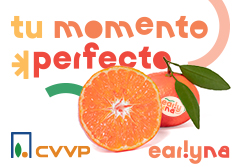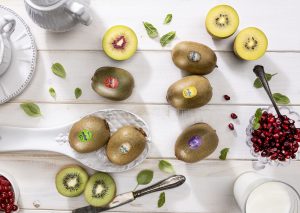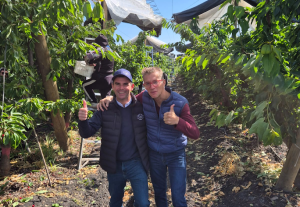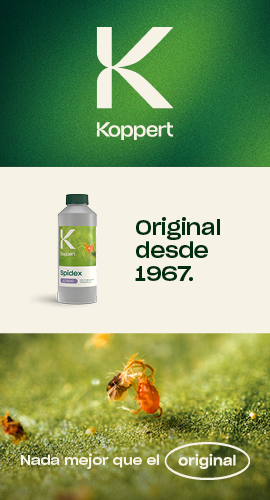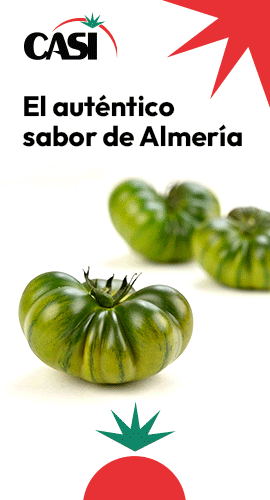Italian company Dorí International has taken a key step in its expansion strategy in Spain by launching a demo orchard of yellow kiwi in collaboration with the Valencia Farmers’ Association (AVA-Asaja). The one-hectare plot, located around 30 km south of Valencia, serves as a technical reference centre for producers interested in the Dorì variety.
Giampaolo Dal Pane, president of Dorì International, told Fruit Today that the aim of the initiative is to allow growers to see first-hand how the variety performs “in a field managed by an agricultural association, not by a private company.” The plot is covered and features two training systems: the traditional Spanish parrón and the high-density Geneva Double Curtain (GDC) system, which increases early-year production by doubling the number of plants per hectare.
The orchard includes trials of Dorì grafted onto Bounty, and also onto Hayward, Tomuri, and seedling rootstocks, allowing producers to assess Dorì’s performance under different conditions. “We’re offering growers a practical tool to compare and choose the model that best suits their production needs,” Dal Pane emphasised.
116 hectares of Dorì
The project aligns with the growing interest in yellow kiwi cultivation in the Valencia region, where around 250 hectares of kiwi are currently planted—116 of them with the Dorì variety. According to the company’s president, this trend is on the rise, particularly due to the decline of green kiwi caused by diseases such as Moria and PSA.
Keys to success
Dal Pane recommends equipping kiwi farms with rain covers, drip irrigation systems, and mulching to avoid the use of herbicides. “Rain covers are an investment that quickly pays off. They protect against wind, rain and hail, reduce disease, allow for consistent harvesting each year, and result in major savings in labour and inputs.”
RELATED NEWS: “The market demands yellow kiwis, but they are not easy to produce”
In terms of materials, the choice of a black mesh instead of a white one is better suited to the region’s climate. “What we need in Valencia is shade. Solar radiation is the main problem. If we reduce direct sunlight on the leaves, we save water and improve crop health.”





